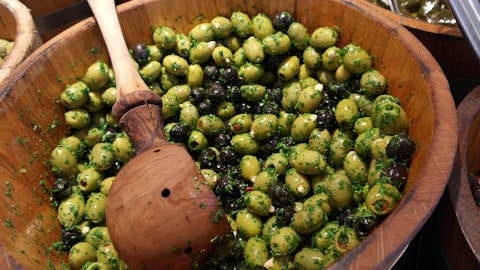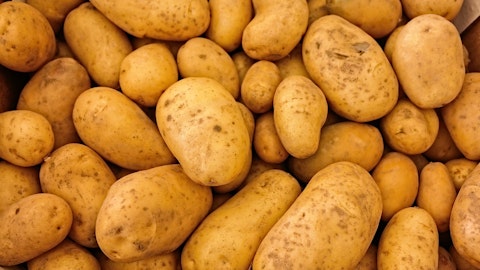If you are a fan of healthy snacks like pistachios and nuts while watching your favorite TV show, then this list of countries that produce the most pistachios in the world will come as a real treat for you. We are sure there are many things you don’t know about pistachios, like their nutritional value, or their origin, and, of course, which country is the biggest pistachio producer in the world. We have all the answers prepared for you, so let us begin the story of this special member of the cashew family.

Pistacia Vera or simply pistachio tree is native to Central Asia and the Middle East, but they have spread to other countries that have a similar climate in which these trees can be successfully grown. It has to pass around 10 years after the plantations for the plant to bear the fruits. Like everything good in life the fruit from this tree requires patience.
Pistachios have a lot of calories because they are rich in fats and other nutrients. Only 100 grams of pistachios has around 560 calories. You should eat them because of many health benefits, but if you’re looking to lose some weight you must take a count of your caloric intake.
Pistachios have many vitamins from B-complex, they are also a fantastic source of vitamin E and vitamin K, and contain a plethora of minerals such as copper, phosphorus, potassium, magnesium, iron, calcium, zinc, manganese, and selenium. They are rich in proteins and with only a hand full of pistachios per day, you will satisfy around a half of the average daily need for proteins.
The fats that pistachios contain are good for our health, and they can actually help to lower our bad cholesterol and raise the good one. Eating pistachios regularly will help your heart stay healthy, it will improve your digestion and it can also help prevent diabetes. Because of vitamin E and some other ingredients found in pistachios, with regular consumption your skin may become more soft and elastic (for those having problems with dry skin – pistachios may help). They also contain antioxidants that help neutralization of the free radicals in the body, which can cause cancer and heart issues.
Those suffering from anemia will be happy to hear that thanks to the perfect combination of iron and copper found in pistachios, they are an excellent food for those who are trying to raise their blood iron levels. Maybe because of its iron supply, pistachios were considered as a symbol of strong health in ancient times, and that’s why athletes are advised to consume them regularly.
If you are interested in the production of other popular agricultural products such as sugar for example, you might want to take a look at the countries that produce the most sugar in the world. In that article you can learn why sugar is not healthy, and how can you get addicted to it.
And now, back to our main topic for today. To find out countries that produce the most pistachios in the world we’ve used statistic data from the Food and Agriculture Organization of the United Nations. Even though only the statistics from 2013, are available, chances are nothing much has changed since then, because, as we could see from the same source, these countries below were at the top in the previous years, too.
8. Afghanistan
Production: 2,100.00 tonnes
We start our list with a country, which recent history wasn’t so bright, and it has affected many of its industries including agriculture. Even though Afghanistan has been among the top 10 countries that produce the most pistachios in the world, for many years and even decades, due to the recent armed conflict many pistachio forests were lost. Serious investments are needed in order to get these forests restored.
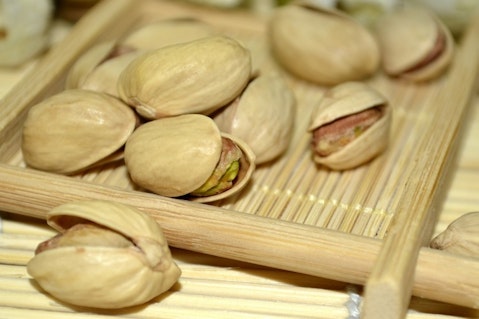
7. Italy
Production: 3,202.00 tonnes
Even though Italy has a big production of pistachios and it is among these 8 countries that produce pistachios the most in the world, you’ll be surprised to hear that their production is not sufficient to satisfy their demands. Pistachios are widely consumed in this beautiful Mediterranean country, and you must have heard of their famous pistachio ice cream. More than 90% percent of all the pistachios that come from Italy are grown in Sicily, and they are very expensive because of their quality but also because of limited production. The most famous pistachios from Italy come from the Bronte area near Mount Etna, Pistacchio Di Bronte, and they are a PDO product (Protected Designation of Origin), which means they are locally grown and packed, and they are unique. Most of the imported pistachios in Italy, come from Iran and the US.
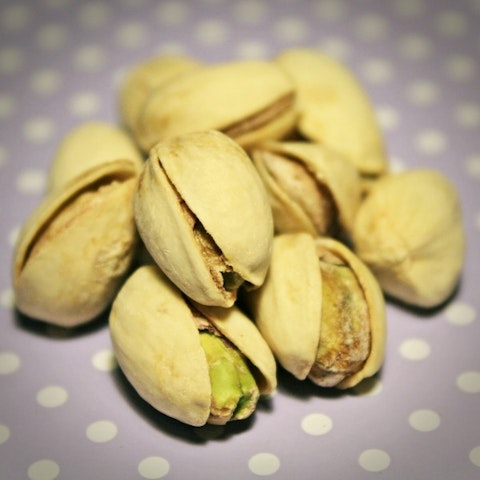
6. Greece
Production: 11,000.00 tonnes
The most famous pistachios from Greece are grown and produced on the Island of Aegina, and they are also awarded by the European Commission as a Protected Designation of Origin product because of its exquisite taste and full kernel. Greek pistachios are also grown in the area of Lamia and in the are Makrakomi (East Attica). Same as in Italy, Greece pistachio production is not sufficient to satisfy Greeks demand, so they import pistachios from the US, as well. Greeks mainly eat pistachios fresh as a snack and use it less as an ingredient.

5. Syria
Production: 54,516.00 tonnes
Unfortunately, pistachio production in Syria is on a decline, due to the unfortunate circumstances affecting the country and all its industries. Nevertheless, Syria is putting efforts to keep with the production and to stay among the top pistachio producing countries, like it has been for many years and decades. You may be surprised to know that Syria is also among the countries that produce the most olives in the world. As for the pistachio use here, like in many other countries in the Middle East, they are mostly used as ingredients of desserts.
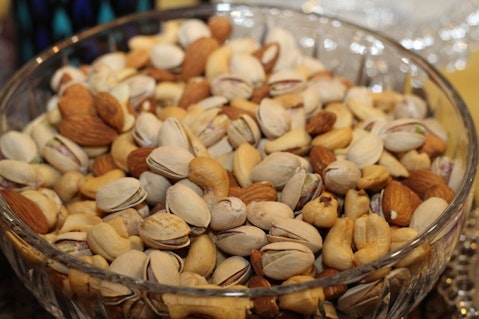
4. China
Production: 74,000.00 tonnes
In the 4th place on this list of countries that produce the most pistachios in the world, we have China, which is better known for its rice production. Even though China’s pistachio production may seem big, it still not sufficient to satisfy their demand. Considering how big a country it is, and how many people it has, it would take much more pistachio to be produced each year to avoid imports. But that is hardly going to happen, since the only pistachio growing region in China, Xinjiang Autonomous Region is using most of their poor resources of water to grow tomatoes, cotton and melon crops, as these agricultural products are their main targets.

3. Turkey
Production: 88,600.00 tonnes
Oh, I wish a slice of their world famous dessert – pistachio baklava! Turkish people use pistachios in great amounts as ingredients for various sweets. Their pistachio production is big, but what is worth mentioning is that they are also working on the ways to make a use of pistachio waste. Apparently, there is a possibility of creating a biogas from it, and scientist in Turkey are trying to figure out the way to do it efficiently. There is no doubt that if the production of biogas succeeds, the production of pistachios will have more reasons get even bigger here in Turkey.

2. The United States of America
Production: 196,930.00 tonnes
The biggest pistachio producing state in the US is California, and the other two responsible for its huge production are Arizona and New Mexico. California is the biggest producer (accounting for 99% of the total US production) because its climate and soil characteristics are the best in the US for growing pistachio trees. Their production is on a rise, and it is predicted to get even bigger in the next few years.

1. Iran
Production: 478,600.00 tonnes
Iran easily tops this list of countries that produce the most pistachios in the world. Pistachio production of all other countries on this list together doesn’t reach their number. So, chances are Iran will stay at the top for many years as it has almost always been. Considering the size of Iran and the second contender on this list (the US), we can only say that Iranian pistachio production is amazing. It is admiring not only because of the quantity, but also because of the quality, as Iranian pistachios are among the best in the world. Pistachios are much more than just a simple agricultural products for the Iranians, they are part of their culture – they are part of every festival, celebration, they have been mentioned in many books and poems, they decorate many special dishes.

